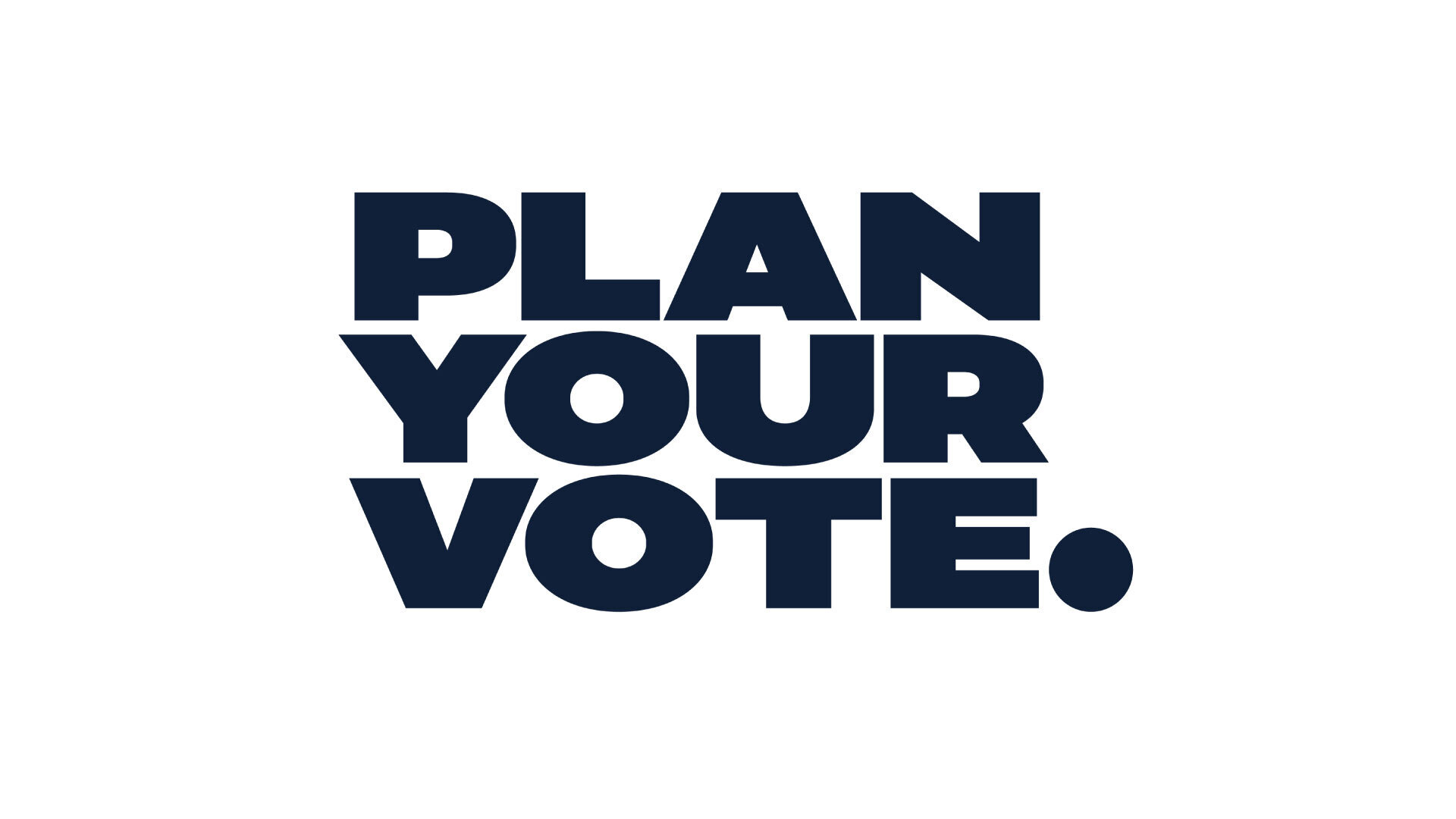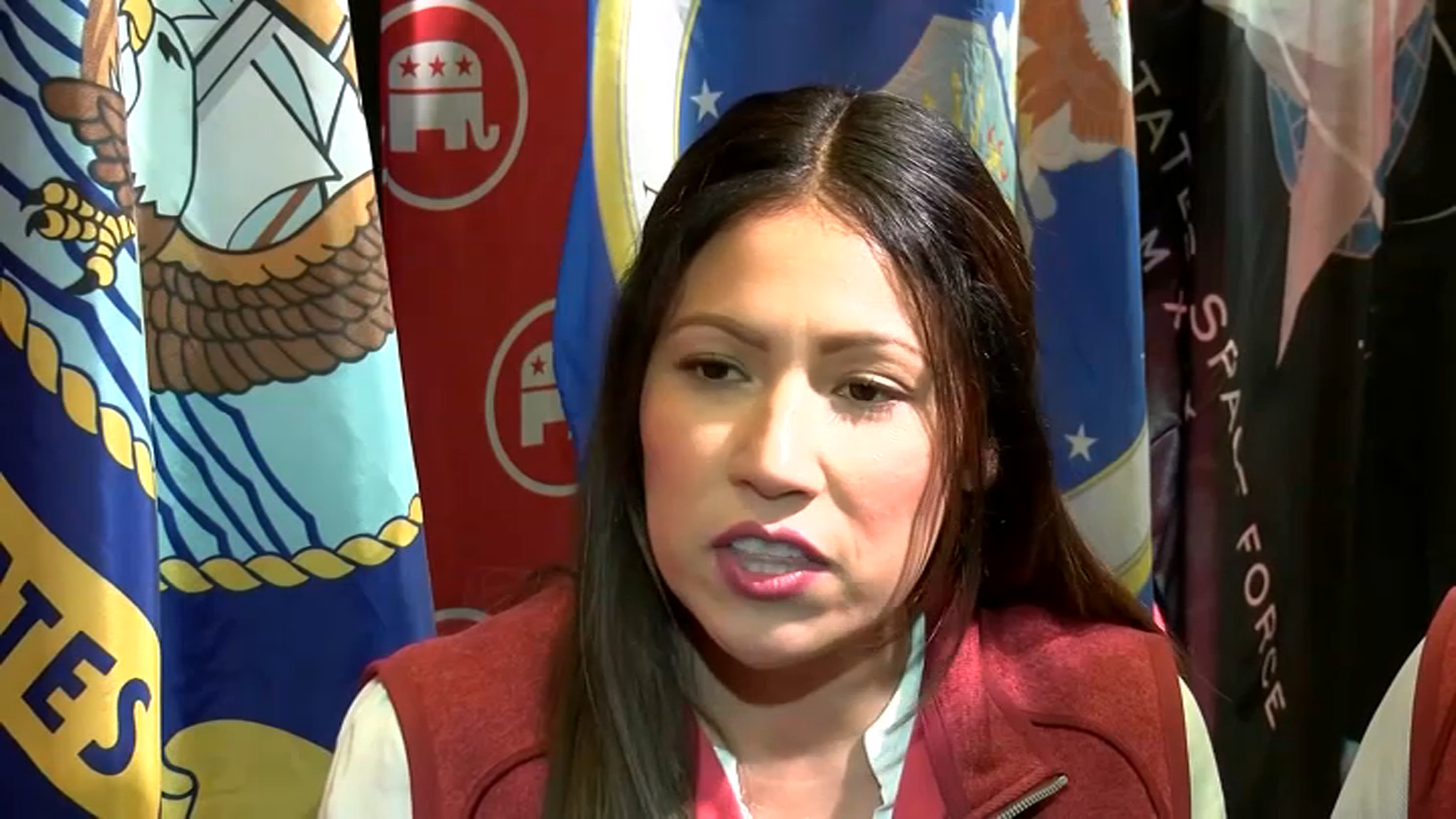Three congressional races in newly redrawn districts are drawing the most attention, and money, in Virginia this year.
In each of those races — which could play a role in deciding which party controls the U.S. House — Democratic congresswomen who flipped seats in 2018 are facing spirited challenges.
In Northern Virginia’s Democrat-leaning 10th District, Republicans hope retired Navy Capt. Hung Cao can pull off a win over incumbent Rep. Jennifer Wexton, a former state senator and prosecutor.
We're making it easier for you to find stories that matter with our new newsletter — The 4Front. Sign up here and get news that is important for you to your inbox.
In the 7th District — which used to include some of suburban Richmond but was shifted north — GOP challenger Yesli Vega hopes to block Rep. Abigail Spanberger from a third term. The district leans slightly blue, and Spanberger, a former CIA officer, has far outraised Vega, a local elected official. But national Republicans are also targeting the seat and investing heavily.
The race in coastal Virginia’s military-heavy 2nd District pits two Navy veterans against each other: Democratic Rep. Elaine Luria and Republican state Sen. Jen Kiggans.
Virginia’s other eight congressional races are generally seen as safe for the incumbents.
With its unusual off-year election schedule, Virginia has no statewide races or ballot initiatives this year.
Here’s a look at what to expect on election night:
4 Things to Know About Voting on Election Day in Virginia
- Go here to find your polling place
- Polling places are open from 6 a.m. to 7 p.m. on Election Day. Anyone in line at 7 p.m. will be allowed to vote.
- Bringing an accepted form photo ID (driver’s license, passport, etc.) may make it quicker to vote; however, you can also sign a statement affirming your identity. The acceptable voter ID list is available in multiple languages (Español, 한국인, Tiếng Việt).
- Same-day voter registration is available at your polling place. Anyone who does same-day registration will cast a provisional ballot initially. Here's more information.
How Virginia Votes
Once a key swing state, Virginia trended blue for years thanks to the growth of its more diverse and liberal suburban and urban areas. Former President Donald Trump’s unpopularity in the state also helped accelerate Democratic gains.
But the GOP thinks it’s making lasting inroads. Republican Gov. Glenn Youngkin won last year by about two points a year after President Joe Biden won the state by 10. On the road recently with candidates, he’s made the case that the voters will reject Biden’s agenda and send more Virginia Republicans to Congress.
Most Virginians vote in-person, either through early voting or on Election Day. Early in-person voting is open to all voters in Virginia, as is voting by mail. In the 2018 general election, 10% of voters cast their ballots before Election Day. The share of advance votes increased to 63% in the 2020 general election, after the start of the coronavirus pandemic.
All voters can cast advance votes, in person or by mail, without an excuse. In past primaries, fewer than 10% of Virginia voters cast advance votes. However, the share jumped to 63% in the 2020 general election.
In past elections, Virginia has counted nearly all the votes on election night, which should enable race calls in all but the closest races. Virginia counted 1.2% of ballots cast after Election Day in the 2018 general election and 3% in the 2020 general election.
Why Virginia's Election Matters Around the U.S.
Just as Youngkin’s 2021 win was closely watched as a bellwether for this year’s midterms, the results of Nov. 8 will be scrutinized for hints of what next year may portend. All 100 seats in the House of Delegates and 40 in the state Senate will be on the ballot.
Virginia’s off-year legislative elections and status as a quasi-swing state make it an attractive place for out-of-state groups to get involved, which boosts attention on the races and sometimes nationalizes the debate.
What Did We Learn from the Primary?
The GOP’s sweep of Virginia’s 2021 statewide elections appeared to energize the Republican field, leading to a surge in candidates. Each of the GOP nominees in the 2nd, 7th and 10th District faced crowded nominating contests, while none of the Democratic incumbents had a primary challenger, allowing them to stack cash for the general election.
What's Changed Since the Pandemic Election of 2020?
Voters are not voting by mail in 2022 at the same rate they did in 2020. In 2020, almost 2.7 million Virginians cast absentee ballots. As of Oct. 28 this year, 698,431 voters had requested absentee ballots.
What Do Turnout and Advance Voting Look Like?
As of Oct. 28, some 519,224 Virginians have voted early, more than half of them in person.
How Long Does Counting Usually Take?
Virginia counts votes quicker than many other states. In 2020, only 3% of votes were counted after noon on the Wednesday following Election Day.
What Happens After Tuesday?
Counties and cities across Virginia will continue to process any absentee ballots that were postmarked by Election Day. Counties and cities may carry on verifying the status of any provisional ballots cast on Election Day. These ballots counted after Election Day have not typically changed the outcome of races, except in limited circumstances.
Read Up on the Races
Voters in the 2nd District got three chances to hear Luria and Kiggans debate, included during a combative meeting before an audience of business leaders in mid-October. Wexton and Cao also debated, but Vega and Spanberger did not.
Quotable Moments
“She’s an election denier.” — Luria about Kiggans, who has refused to say plainly in interviews that Biden legitimately won the 2020 election
“Maybe, because there’s so much going on in the body. I don’t know.” — Vega, during a campaign event when asked if it was harder for a woman to get pregnant if she had been raped
“I fought and bled for this country. I’m an American. And she calls me the same name she calls a terrorist.” — Cao, complaining during a debate that Wexton had cast him as an extremist
Decision Notes
The Associated Press will tabulate and declare winners in 11 U.S. House primaries in Virginia. In the 2020 general election, the AP first reported results at 7:03 p.m. ET and 90% of results at 9:30 a.m. the next day.
Mail ballots begin being processed before Election Day. Mail and early in-person votes are released on election night as separate precincts in each county and city. The timing isn’t uniform, with some counties releasing them at the beginning of the night and others at the end.
The AP does not make projections and will only declare a winner when it’s determined there is no scenario that would allow the trailing candidates to close the gap.
Should a candidate declare victory or offer a concession before the AP calls a race, we will cover newsworthy developments in our reporting. In doing so, we will make clear that the AP has not yet declared a winner and explain why.
The AP may call a statewide or U.S. House race in which the margin between the top two candidates is 0.5% or less, if we determine the lead is too large for a recount to change the outcome. Virginia doesn’t have automatic recounts but the state will pay for a candidate-requested recount if the margin between the top two candidates is 0.5 percentage points or less.
The AP will not call down-ballot races on election night if the margin between the top two candidates is less than 2% or if the leading candidate is within 2% of the 50% runoff threshold. The AP will revisit those races later in the week to confirm there aren’t enough outstanding votes left to count that could change the outcome.
___
Check out https://apnews.com/hub/explaining-the-elections to learn more about the issues and factors at play in the 2022 midterm elections.
Follow the AP’s coverage of the elections at https://apnews.com/hub/2022-midterm-elections.




